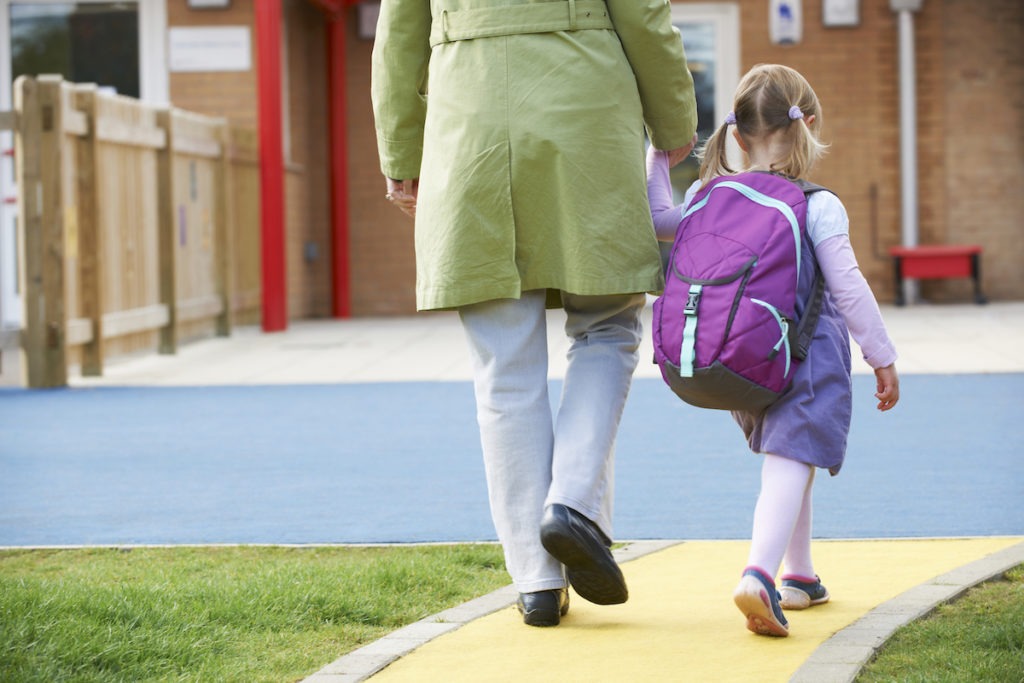When 6,290 Australian parents and carers were surveyed on how they manage their work and family commitments, 62 per cent of them reported having significant difficulties managing their physical and mental health due to the competing pressures.
That was in July 2019. Within a year, how we work, parent, teach and care would dramatically change.
We learned, back in 2019 thanks to the Working Families Report, that 46 per cent of respondents believe an employee’s commitment to their job is questioned if they used family-friendly work arrangements. Thirty-eight per cent of respondents said they wanted more access to caring support from an employer, and one in two said their parental leave was “two short” – including 57 per cent of fathers and 33 per cent of mothers.
Around half of female parents and carers, and one-third of males, reported that the juggle is leading to considerable stress.
Now, five years on, how are parents and carers faring, especially given the transformation in how we live and work?
A new survey has been launched this week by Family Friendly Workplaces and UNICEF Australia to help find out, with the aim of garnering thousands of responses again to get a comprehensive picture across the country.
These past few years pushed flexibility and work from home arrangements forward, and mainstreamed the idea of “hybrid work” to provide a weekly mix of work locations. Debate regarding the push to “return to the office” continues, while legislation has now passed that will soon give employees the right to “disconnect” outside of scheduled work hours, largely in response to the pervasive ways that technology and messaging have infiltrated all parts of our days.
We’ve also seen significant changes in leave options available to parents and carers, including a stronger push for Dads to take parental leave, more employers pursuing label-free leave options, legislated changes to the Commonwealth-funded paid parental leave scheme, and more emphasis on the power of senior leaders demonstrating how they are actively using flexibility and leave.
Plus, thanks to Parents At Work and UNICEF Australia and following the results of the 2019 survey, we’ve also seen the launch of the National Work + Family Standards, a scheme that certifies employers as ‘family-friendly’ based on several metrics, including flexible work, leave options and the Family Friendly Workplaces initiatives, with hundreds of employers now certified.
Still, the positives from the above have not arrived for everyone, nor for every industry or business type. Arguably, there is a widening gap between those with access to great family-friendly entitlements at work and those without – especially those working in smaller businesses.
As we’ve seen in our own research on Women’s Agenda, we also know that three-quarters of women (77 per cent) reported they may have experienced burnout in the past year.
While talk of workplaces becoming more “family friendly” is heard across the public and private sectors and even now in Parliament House, it’s essential to learn just how well all the rhetoric matches the reality for working parents and carers. Women’s Agenda was proud to support this research work in 2019. We’re supporting the survey again and encouraging readers to participate.
The survey is a not-for-profit initiative between Family Friendly Workplaces and UNICEF Australia. It’s confidential and takes around 10 minutes to complete. You can check out the website and take the survey here.


